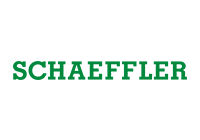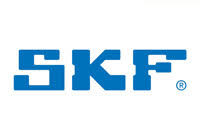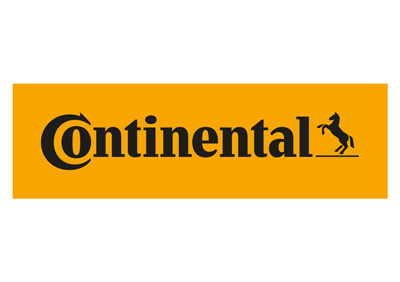Tensioning pulleys and deflection rollers
In modern engines, the vast majority of ancillary components such as alternators, power steering pumps, water pumps and air conditioning compressors are driven by V-ribbed belts. Toothed belts are...
Function
In modern engines, the vast majority of ancillary components such as alternators, power steering pumps, water pumps and air conditioning compressors are driven by V-ribbed belts. Toothed belts are used for the timing drive in the bulk of engines. These belt drives need tensioning pulleys and deflection rollers in order to function reliably and quietly. They must guide and deflect the belt, as well as safeguarding the belt tension required for optimum operation.
Safety
When a V-ribbed belt or a toothed belt is replaced, the tensioning pulleys and deflection rollers should also be replaced at the same time, along with the water pump (if applicable). This prevents a faulty tensioning pulley or deflection roller from damaging the new belt and leading to the premature failure of the system (which can even extend to the engine being written off).
Depreciation
Belt drives and all associated parts and driven units are inspected regularly as part of routine maintenance and service work so that relevant damage and excess wear can be detected and rectified at an early stage.
Environmental protection
Tensioning pulleys and deflection rollers support the operation of lighter and more efficient belt drives. As a result, engines run more economically and pollutant emissions are lowered. Following replacement, tensioning pulleys and deflection rollers can be disposed of with metal scrap in an environmentally-friendly way and are suitable for recycling.







